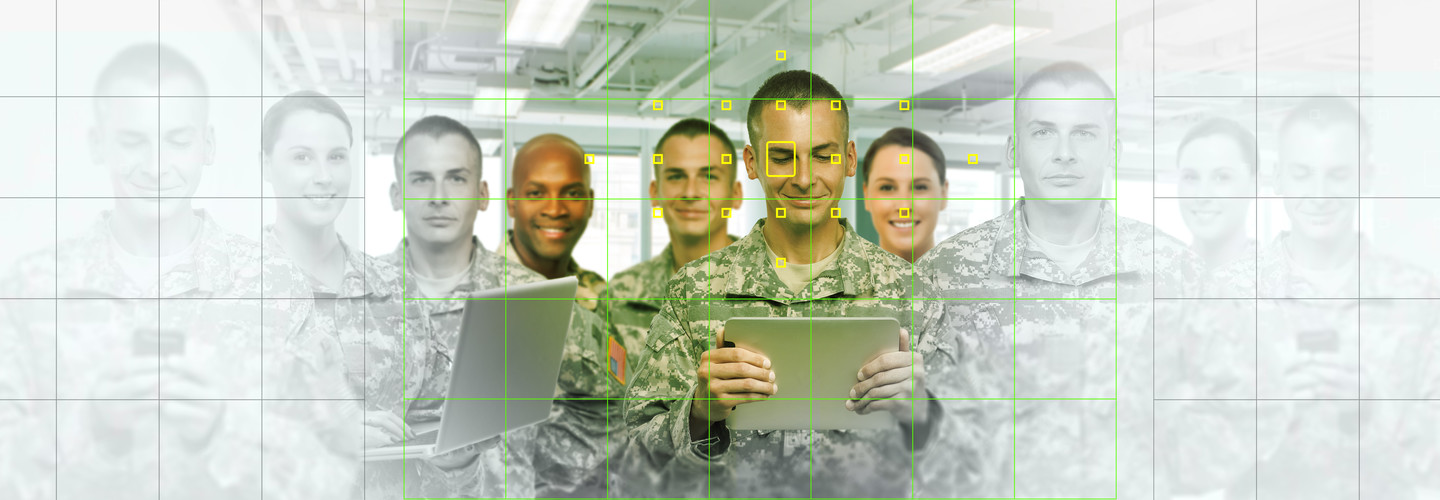Members of the National Guard wear multiple hats. They can be called up at a moment’s notice to support the full-time military overseas, to assist first responders during a natural disaster or other emergency at home, and most of them have civilian jobs as well.
With those wide-ranging duties on their plates, National Guard members who work in cybersecurity must be prepared for any number of possible threats. That requires a “more holistic approach” to cybersecurity training, says Army Brig. Gen. Terin Williams, vice director of operations (CYBER) for the National Guard Bureau.
But the National Guard, like many other federal agencies, doesn’t have the broad expertise and institutional knowledge to train cyber workers for every scenario, especially because the threat landscape changes daily. The Guard looks to third-party vendors to fill in those training gaps.
“That's where I think third-party training is really valuable, in the sense that we are getting those folks who are on the ground,” Williams says.
Click the banner to get the expertise you need to strengthen your ransomware protection.













